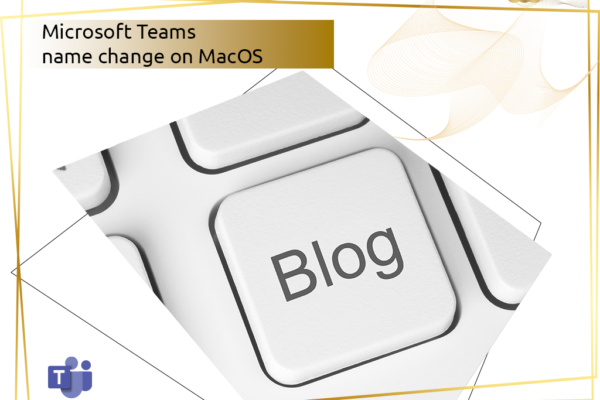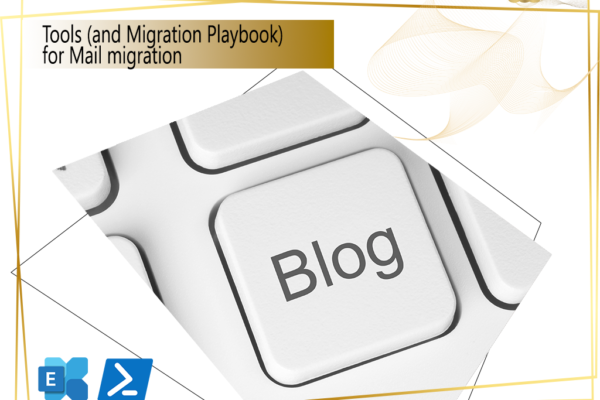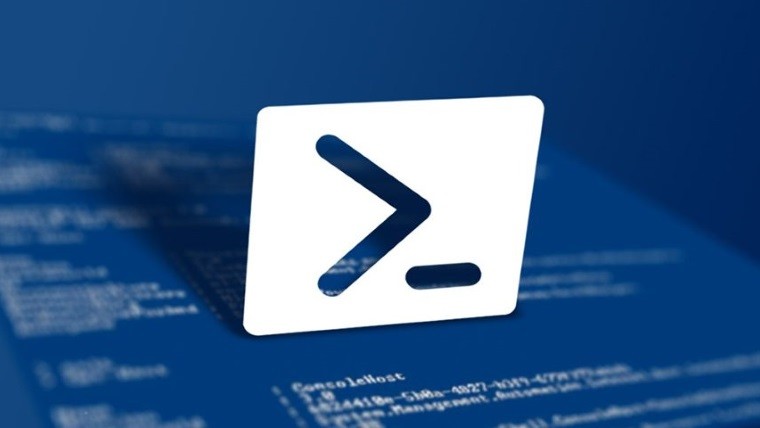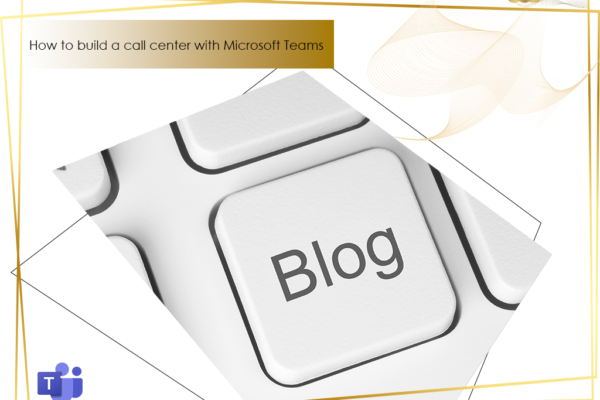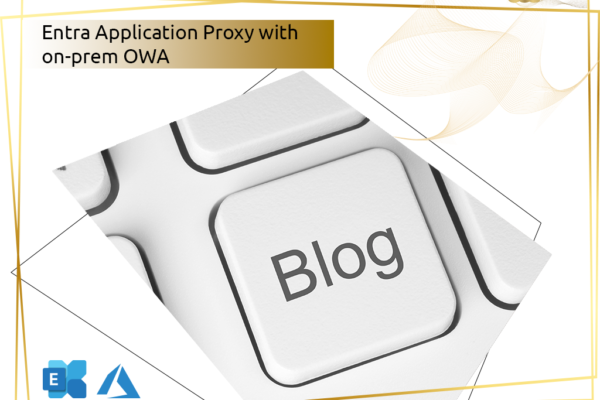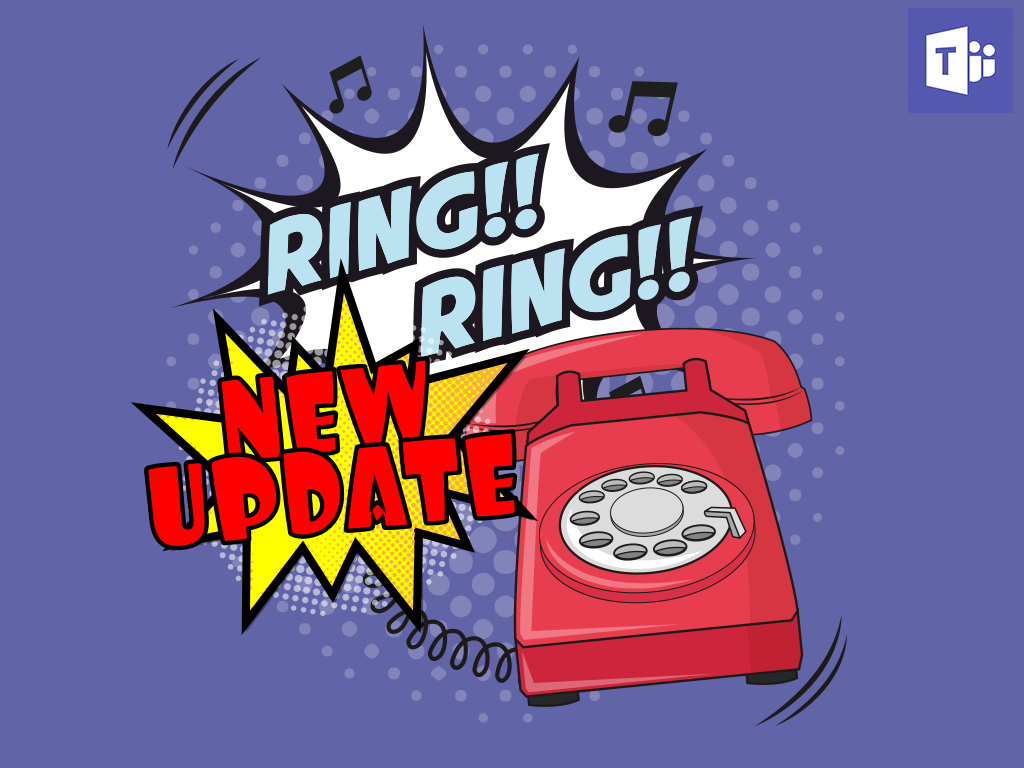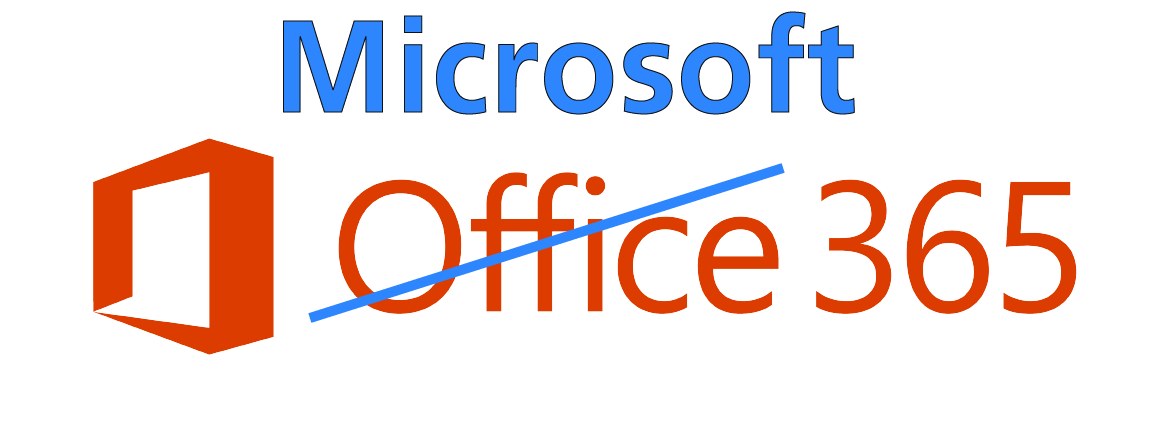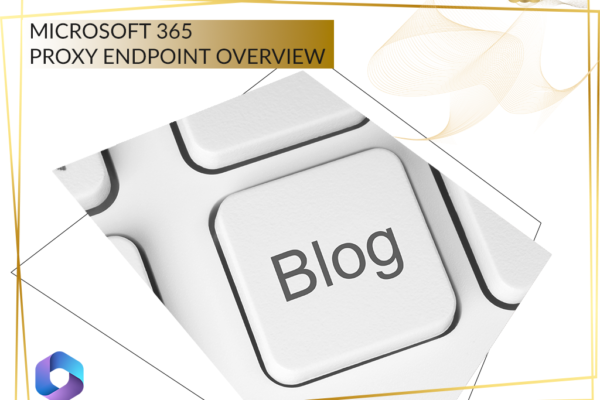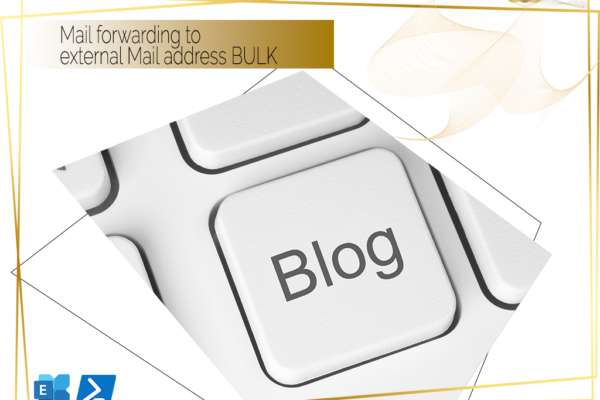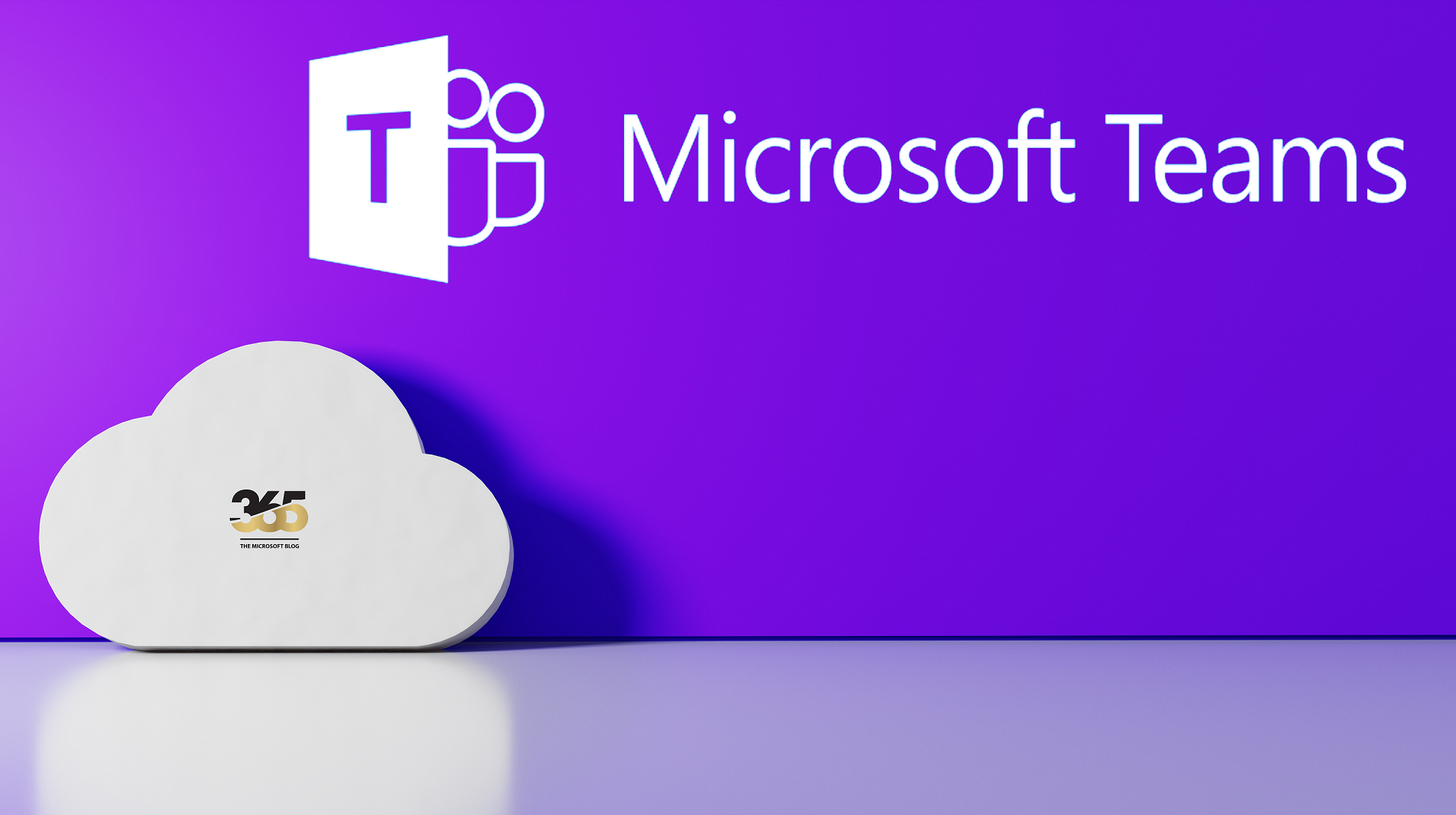Exchange Server
Automation
Migration
The Problem
Managing mailbox permissions in on-premises Exchange environments can be challenging, especially when:
- Migrating to a new Exchange server
- Performing disaster recovery operations
- Auditing current permission structures
- Documenting compliance requirements
- Replicating permission structures across environments
Exchange Server stores three critical types of mailbox permissions that need to be preserved:
- Full Access – Complete access to another user’s mailbox
- Send As – Ability to send emails as another user
- Send On Behalf – Ability to send emails on behalf of another user
The Solution
I’ve developed two PowerShell scripts that work together to solve this problem comprehensively:
Export Script
Reads all mailbox permissions from your Exchange server and exports them to CSV and HTML formats for easy review and backup.
Import Script
Imports permissions from the CSV file to another Exchange server with detailed success/failure tracking and validation.
How It Works
Step 1: Exporting Permissions
The export script connects to your Exchange server and systematically reads all mailbox permissions. It filters out inherited and system permissions to focus only on explicitly granted access rights.
# Run on your source Exchange server
.\Export-MailboxPermissions.ps1
# Or specify a custom output location
.\Export-MailboxPermissions.ps1 -OutputPath "C:\ExchangeBackup"What You Get:
- A CSV file with all permissions (perfect for importing)
- An HTML report with summary statistics and sortable tables
- Color-coded permission types for easy identification
- Timestamped files for version control
Step 2: Reviewing the Export
Before importing, open the HTML report to review what permissions exist. The report includes:
- Total permission count and breakdown by type
- Sortable table showing mailbox, trusted user, and permission type
- Visual indicators for different permission types
- Easy-to-read format for auditing and compliance
Step 3: Testing the Import
Before making any changes to your target Exchange server, use the -WhatIf parameter to preview what will happen:
# Test the import without making changes
.\Import-MailboxPermissions.ps1 -CsvPath "C:\Export\MailboxPermissions_20250113_120000.csv" -WhatIf-WhatIf first! This shows you exactly what permissions will be applied without actually making any changes. Review the HTML report to ensure everything looks correct before proceeding.Step 4: Importing Permissions
Once you’ve verified the import plan, run the script without -WhatIf to apply the permissions:
# Import permissions to the target Exchange server
.\Import-MailboxPermissions.ps1 -CsvPath "C:\Export\MailboxPermissions_20250113_120000.csv"The import script intelligently handles various scenarios:
- Validation: Checks if mailboxes and users exist before applying permissions
- Duplicate Detection: Skips permissions that already exist
- Error Handling: Continues processing even if individual permissions fail
- Detailed Logging: Records success, failure, and skip status for every permission
Key Features
Export Script Features
- Processes all mailboxes in your organization automatically
- Filters out inherited and system permissions for cleaner data
- Real-time progress indicator during processing
- Dual output: CSV for importing, HTML for human review
- Comprehensive error handling and logging
- Timestamped files prevent accidental overwrites
Import Script Features
- Pre-import validation of mailboxes and users
- WhatIf mode for safe testing
- Interactive HTML report with filtering capabilities
- Color-coded status indicators (success, failed, skipped)
- Detailed error messages for troubleshooting
- Progress tracking during import operations
- Automatic duplicate detection
The HTML Reports
Both scripts generate beautiful, professional HTML reports that make it easy to understand what happened:
Export Report
The export report provides a complete overview of your permission structure with summary statistics and a sortable table of all permissions. Each permission type is color-coded for quick identification.
Import Report
The import report is interactive, allowing you to filter results by status:
- Show All: Complete list of all import operations
- Success Only: Filter to see what was successfully applied
- Failed Only: Quickly identify and troubleshoot failures
- Skipped Only: See which permissions already existed
Real-World Use Cases
1. Exchange Server Migration
When migrating from Exchange 2016 to Exchange 2019, export permissions from the old server, migrate mailboxes, then import permissions to the new server. The scripts ensure no permissions are lost during migration.
2. Disaster Recovery
Regular exports serve as backups of your permission structure. If you need to rebuild your Exchange environment, you can quickly restore all permissions from your latest export.
3. Compliance Auditing
Generate monthly HTML reports to document who has access to sensitive mailboxes. The reports provide clear evidence for compliance requirements like SOX, HIPAA, or GDPR.
4. Development/Test Environments
Clone your production permission structure to test environments to ensure accurate testing scenarios without manually recreating complex permission relationships.
Best Practices
- Always test first: Use
-WhatIfbefore importing to any environment - Schedule regular exports: Automate weekly exports for disaster recovery purposes
- Review HTML reports: Don’t just trust the CSV – review the human-readable reports
- Verify prerequisites: Ensure all users and mailboxes exist on the target server before importing
- Keep audit trails: Archive HTML reports for compliance documentation
- Test in non-production first: Always validate the process in a test environment
- Run during maintenance windows: Large exports can impact server performance
Troubleshooting Common Issues
Mailbox Not Found Errors
If you see “Mailbox not found” errors during import, ensure the mailbox exists on the target server before importing permissions. The import script validates existence but cannot create mailboxes.
Trusted User Not Found
The user being granted permissions must exist on the destination server. Create user accounts before importing their permission grants.
Access Denied
Ensure you’re running the scripts with Exchange Organization Management or equivalent permissions. The scripts require elevated privileges to read and modify mailbox permissions.
Permission Already Exists
This is normal behavior – the script skips permissions that already exist to prevent errors. Check the “Skipped” section of the HTML report to see these entries.
Security Considerations
When working with mailbox permissions, security is paramount:
- Store CSV exports securely – they contain sensitive organizational information
- Limit access to the scripts and exports to authorized administrators only
- Review permissions before importing to prevent unauthorized access
- Use WhatIf mode to verify changes before applying them
- Maintain audit logs of all permission changes
- Regularly review and clean up unnecessary permissions
Conclusion
Managing Exchange mailbox permissions doesn’t have to be a manual, error-prone process. These PowerShell scripts automate the entire workflow, providing reliable exports, safe imports, and comprehensive reporting.
Whether you’re migrating servers, performing disaster recovery, or simply documenting your environment for compliance, these scripts will save you time and reduce the risk of permission-related issues.
The combination of CSV exports for machine processing and HTML reports for human review ensures you have both the data you need for automation and the visibility required for auditing and troubleshooting.













